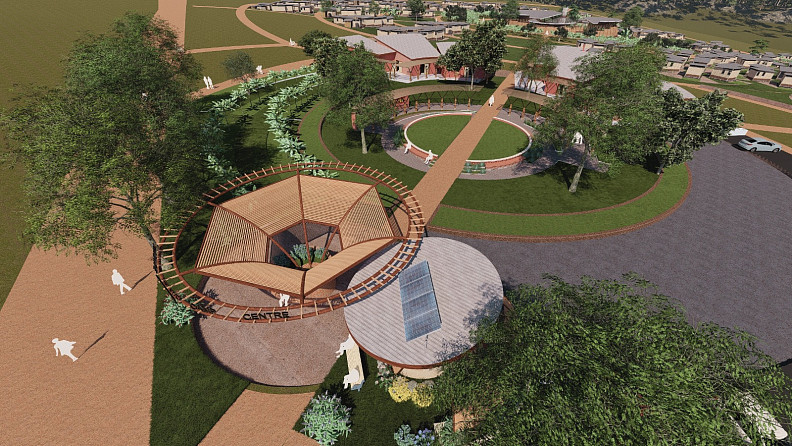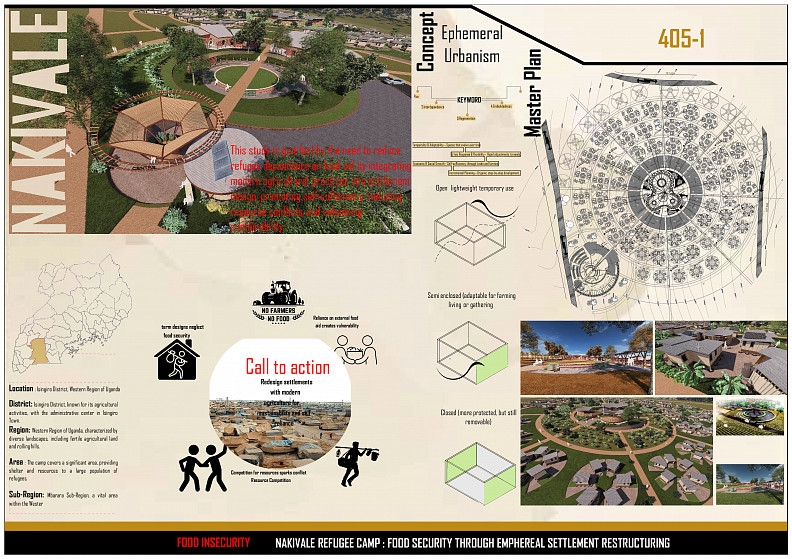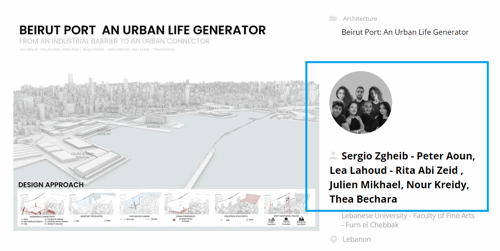Ephemeral Roots: Cultivating Food Security in Nakivale

Project idea
The core idea of my project is to fix a fundamental flaw in global aid: designing for permanence in a world of change. For over 60 years, Nakivale Refugee Settlement in Uganda has been treated as a temporary stopping point, yet it is now a sprawling city of over 170,000 people. This static, emergency approach has created a chronic food insecurity crisis, rooted in rigid space and total dependency.
I asked: What if I design settlements to evolve, not just endure?
I propose transforming Nakivale from a static camp of dependency into a living, regenerative system where self-reliance is built into the architecture. I am applying the principles of Ephemeral Urbanism—using temporary, flexible, and locally-built structures—to create lasting resilience.
My ultimate Goal is to redefine a refugee settlement as a platform for self-sufficiency, dignity, and knowledge.
To achieve this, the project has four core Objectives:
1.Stop Food Dependency: I will integrate modular vertical farms directly into every home. This ensures each family can sustainably grow enough vegetables for 1-2 daily meals, shifting them from passive recipients to active producers.
2.Close the Loop: I will implement a simple, regenerative infrastructure (rainwater harvesting, composting toilets, kitchen gardens) that turns household waste and seasonal rainfall into valuable inputs (fertilizer and irrigation), making the settlement a self-sustaining ecosystem.
3.Build with Flexibility: I will introduce a modular architectural system made from low-impact, local materials (earth bricks, upcycled components). These structures are easy to build, move, and adapt, allowing the community to grow organically without being trapped by costly, permanent infrastructure.
4.Empower the Builders: I will ensure the entire process—from sourcing materials to construction and maintenance—is run by the community. This facilitates essential skills transfer, generates income, and honors the residents as the true designers and builders of their own future.
By resisting permanence, I believe I can build for resilience. This project provides a path for a child born in Nakivale today to inherit autonomy, not just tents.
Project description
The scope of this project is not to build a permanent city, but to plant a regenerative seed within Nakivale.
I focused the design entirely on the household and cluster level, making the solution immediately actionable and independent. The scope is to introduce a Modular Living System: low-impact homes that are instantly productive. Every dwelling is scoped to integrate vertical farms and rainwater harvesting—turning the shelter itself into a mini-farm. I designed the structure to create a closed-loop system: composting human waste into fertilizer for the very food it grows.
My solution explicitly avoids the scope of costly, rigid infrastructure. Instead, it prioritizes flexibility and local ownership. The entire project—from fabricating earth bricks to maintaining the farms—is scoped to be run by the residents, ensuring that skills and autonomy are the only permanent infrastructure left behind.
The final measure of the scope's success is simple: creating a self-sufficient ecosystem that can function and thrive even if all external aid support were to disappear.
Technical information
My project's technical specification is a shift from rigid concrete to regenerative cycles built with local hands.
The core unit is the Ephemeral Dwelling. It's technically simple: a timber-framed structure anchored by low-impact rammed-earth-filled tire foundations—making it easy to dismantle and relocate. Walls are constructed from local earth bricks and woven mats, utilizing indigenous knowledge and sourcing the materials within a short radius of the site. This modularity ensures that the structure can be repaired and maintained by the resident, not by an external contractor.
Functionally, every cluster is a closed-loop system. The roof is specified for rainwater capture, channeling water through PVC gutters into cluster-level storage tanks. This water is the lifeblood for the integrated vertical farming system (using upcycled PVC pipes) attached directly to the dwelling exterior. The final piece of the loop is the composting toilet (or latrine): its technical output is fertilizer, designed to cycle nutrients directly back into the cluster's shared kitchen gardens and the vertical farms.
The entire technical specification is guided by the principle of maximum localized efficiency and minimal reliance on external supply chains. It's a system specified to run on the sun, the rain, and the ingenuity of the community. In short, the specification is for a structure that is a self-sustaining micro-utility, delivering food and water security without external intervention.



